New to aquaculture, Harry Hamlin-Wright talks about farming rainbow trout for Dawnfresh Seafood
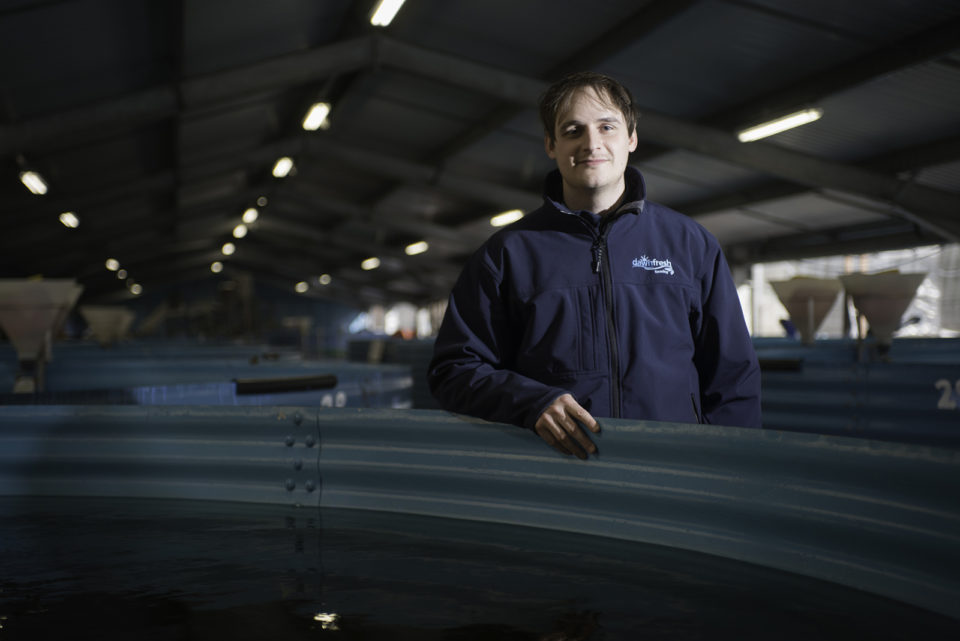
When Harry Hamlin-Wright tells folks he’s a fish vet, he admits to getting some strange looks. His unusual career choice is not one that he regrets, however, because on a fish farm he is one of the most important people on the ground.
At Nottingham University, where Hamlin-Wright earned his Veterinary Medicine BVM BVS degree, there was very little on the course curriculum dealing with aquatic species, so he thought he’d probably end up in a small animal practice, working with household pets.
“It wasn’t until I got to my final year, that I ended up doing two fish-related electives; the first was with the Fish Vet Group in Inverness, and the second was with a fish vet in the Shetland Isles, where I was introduced to aquaculture. I found the whole subject fascinating,” he said.
It was then that he attended the Aquaculture UK event in Aviemore, and came across the University of Stirling booth. There he discovered Stirling’s master’s in Aquatic Veterinary Studies program, which for him was a “lightbulb moment.”
“I signed up there and then,” said Hamlin Wright, 28. “And when I graduated, I was really lucky to gain a place on a graduate training program with Dawnfresh, the UK’s largest trout producer and the biggest supplier of Scottish loch trout in the world.”
The 18-month program, which Hamlin-Wright completed last year, saw him working on freshwater and sea lochs, in hatcheries and processing units, learning about all aspects of the business. “It was important to learn how fish health relates to quality, and how that relates to the end product,” he said.
Fresh out of school
In January this year, Hamlin-Wright started a new role as company veterinarian for Dawnfresh Seafoods. “I have just taken over the position and it is an amazing opportunity, as well as a lot of responsibility,” he said.
He admitted that despite working with just one species, there is no such thing as a typical day on the job, but with farm sites spread all over the north of Scotland, a lot of time is spent behind the wheel.
“Much of my work centers around fish health checks, disease surveillance, disease prevention, writing prescriptions and data collection to build up an accurate picture of the health status of our rainbow trout stocks,” he said. “I work closely with health manager Richard Hopewell, and every farm site has a fish health representative who acts as our eyes and ears on the ground. They are generally the first people to notice anything unusual and have years of invaluable experience.”
Hamlin-Wright explained that Dawnfresh has high standards of fish health and welfare for its rainbow trout and has worked closely with the Royal Society for the Prevention of Cruelty to Animals (RSPCA) to develop the RSPCA Assured standard for trout. Other accreditations include the Scottish Salmon Producers’ Organisation (SSPO) Code of Good Practice and GlobalG.A.P.
Aquaculture is, however, still facing many challenges. Rainbow Trout Fry Syndrome (RTFS), caused by Flavobacterium psychrophilum, is one of the most serious strategic risks in salmonid aquaculture and is very difficult to avoid.
“As a company we need to identify potential risks to the business and our stocks, and address them,” said Hamlin-Wright. “We are collaborating on several projects with the University of Stirling and AquaGen, looking at the best ways to avoid or combat RTFS. Specific project areas include trialling dip and injectable vaccines, and improvements in genetics, and I believe that these are some of the most exciting research areas with potential for significant improvements.”
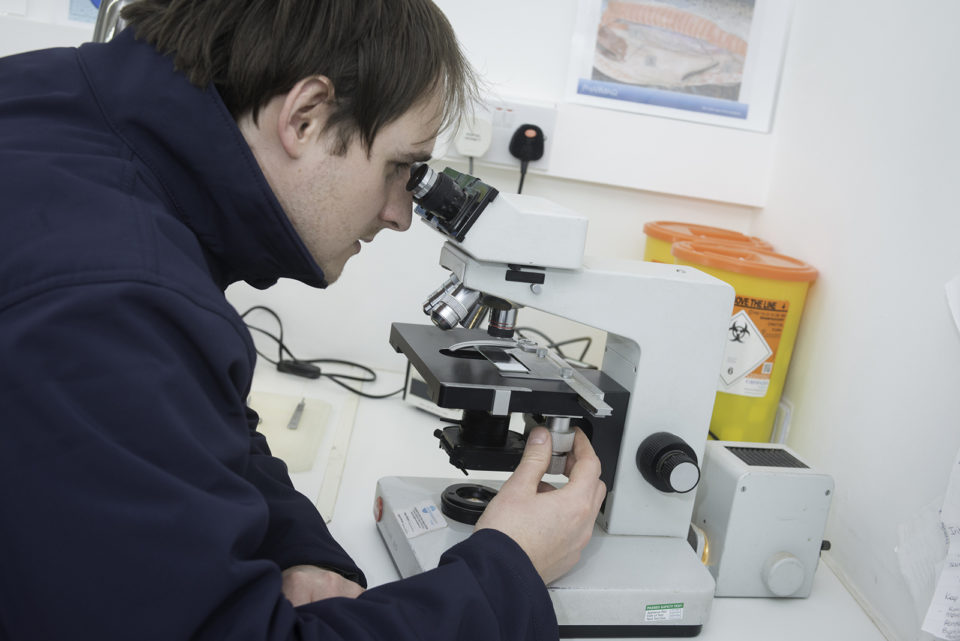
Health initiatives key to growth strategy
Recently, Dawnfresh pivoted away from growing 300- to 400-gram portion-sized trout, to concentrate on fish 3.5 kilograms in size in both freshwater and saltwater lochs. Much larger 6-kilo-plus sea-grown trout are destined for the fast-growing U.S. market.
“One of the big differences is that the larger fish are all triploid, which means that they put effort into growth, rather than achieving sexual maturity. As triploid fish are sterile, it also makes them more acceptable to environmental lobbyists, who fear reproduction with local populations in the event of an escape,” said Hamlin-Wright. “However, triploidy also brings a number of challenges, as the fish have different requirements from diploids, and farm managers regularly tell me that they exhibit different behavior, which is more like that of salmon.”
He is currently leading on a project to monitor the level of deformity in triploid trout, a key factor in which is to improve nutrition.
“Our goal is to X-ray all fish batches at 50 grams and to select several batches to follow through to harvest. This should give us a better idea of the level of deformity in our stocks and help us to understand why deformities occur. In turn, this will help us to improve the overall health and welfare of our fish,” he said.
Sea lice are also problematic, both for fish health and the balance sheet, but Hamlin-Wright explained that Dawnfresh has worked hard on sea lice control over the past few years and is achieving some notable results.
“We have a very low trigger point for considering treatment, set at 0.1 female lice per fish, which means the issue does not get out of control. In Loch Etive, our main seawater loch, it is more than 80 days since we had to treat fish, but we can never be complacent, and lice counts are performed on a regular basis,” he said.
Dawnfresh is actively looking at ways to reduce chemical treatments for sea lice and recently trialled a “hydrolicer,” which uses water to dislodge the parasites.
“We also looked into of the potential for using cleaner fish. However, the regulations currently do not allow their use with trout, as viral haemorrhagic septicaemia (VHS) has been found in several species by the authorities during sensitive PCR (polymerase chain reaction) tests. Also, the water in our sea loch is probably too brackish to maintain them, which is a great shame,” he said.
Hamlin-Wright and Hopewell plan to increase the regularity of disease screening at all sites, using techniques such as PCR in conjunction with histopathology, where sections of tissue are examined by expert pathologists.
“My work is always varied and always interesting, and there is something to learn each day. After all, fish farming is still a relatively young industry in which progress is constantly being made in all aspects of the business,” he said. “My job is to be proactive in trying to make things better for our fish and our business, and that can only be achieved though collaboration and cooperation with companies and research institutions in the aquaculture industry involved in the study of disease, genetics, feed and treatments.”
Follow the Advocate on Twitter @GAA_Advocate
Author
-
Nicki Holmyard
Nicki Holmyard has written about the seafood industry for longer than she cares to remember! A committed pescetarian, she is also a partner in the UK’s first fully offshore rope-grown mussel farm.
Tagged With
Related Posts
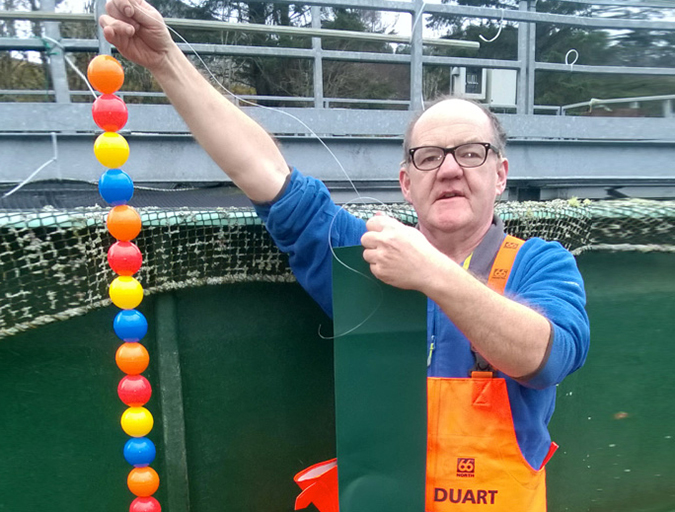
Health & Welfare
Time to play: Farmed fish respond to environment enrichment
Animal welfare on fish farms encompasses health, diet, water quality, husbandry, handling and slaughter. Add environment enrichment to the list, like a Scottish salmon company, which keeps its fish healthy by keeping them busy.
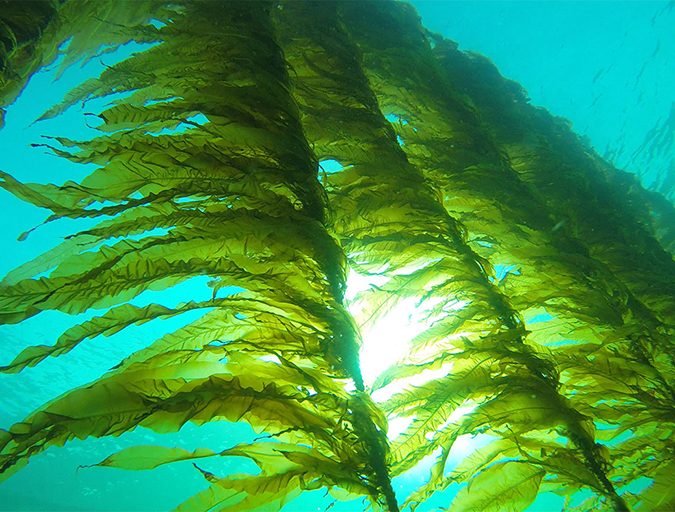
Responsibility
Can aquaculture flourish in a more symbiotic sea?
The 18-month Maribe project has uncovered some promising ideas for promoting growth and jobs within the blue economy. Aquaculture, fingered as one of five key areas for growth, could benefit from collaboration with renewable energies.
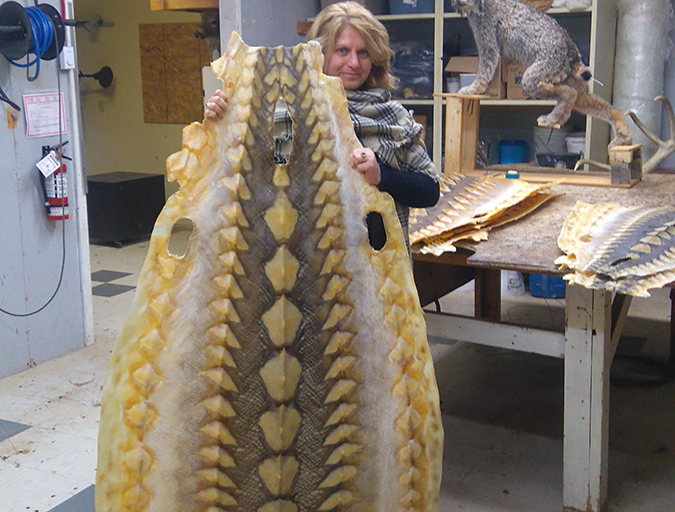
Intelligence
As sturgeon farming grows, demand concerns emerge
Caviar, or lightly salted sturgeon roe, has been enjoyed for centuries as an expensive gourmet delicacy. After a drastic decline in wild sturgeon stocks, aquaculture stepped in to fill the void. But can farmed supply find lasting balance with market demand?
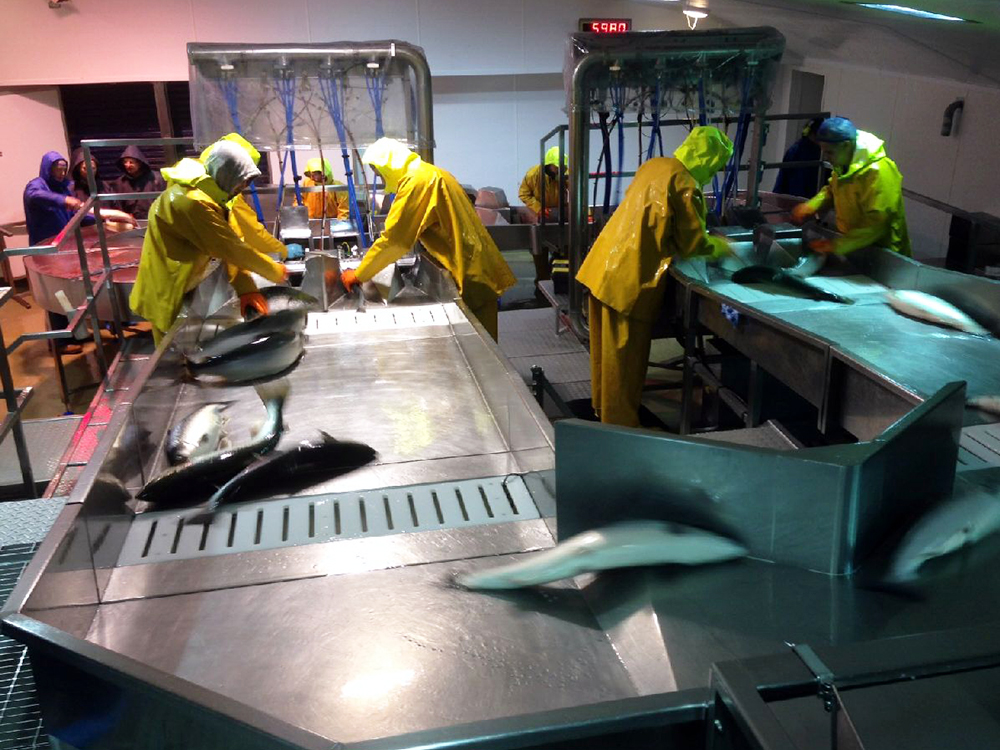
Health & Welfare
Fish producers benefit from humane slaughter techniques
EU legislation requires farmed fish be spared unnecessary pain, distress or suffering at slaughter, and efficient manual and automated systems have been developed to help achieve this goal. What’s more, longer shelf life and improved flesh quality have been reported.


